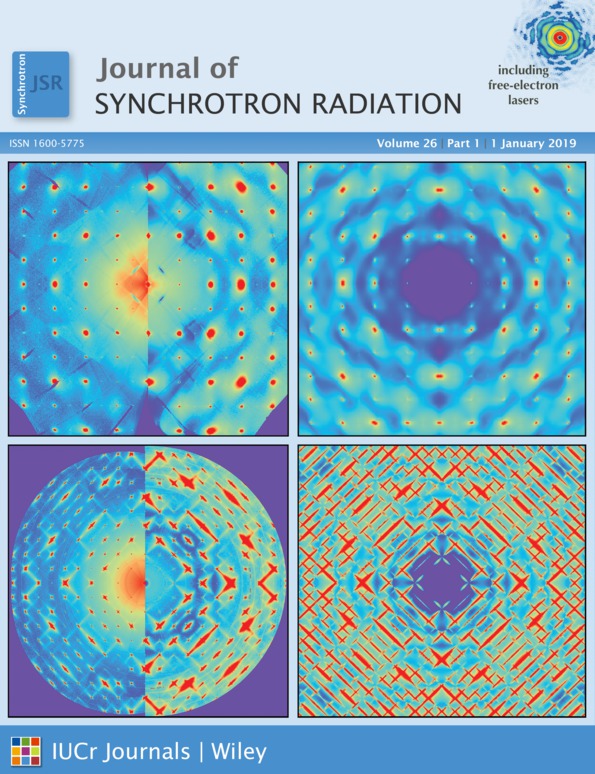Single-image phase retrieval for hard X-ray grating interferometry
Abstract
A single-image method is proposed for quantitative phase retrieval in hard X-ray grating interferometry. This novel method assumes a quasi-homogeneous sample, with a constant ratio between the real and imaginary parts of its complex refractive index. The method is first theoretically derived and presented, and then validated by synchrotron radiation experiments. Compared with the phase-stepping method, the presented approach abandons grating scanning and multiple image acquisition, and is therefore advantageous in terms of its simplified acquisition procedure and reduced data-collection times, which are especially important for applications such as in vivo imaging and phase tomography. Moreover, the sample's phase image, instead of its first derivative, is directly retrieved. In particular, the stripe artifacts encountered in the integrated phase images are significantly suppressed. The improved quality of the retrieved phase images can be beneficial for image interpretation and subsequent processing. Owing to its requirement for a single image and its robustness against noise, the present method is expected to find use in potential investigations in diverse applications.




